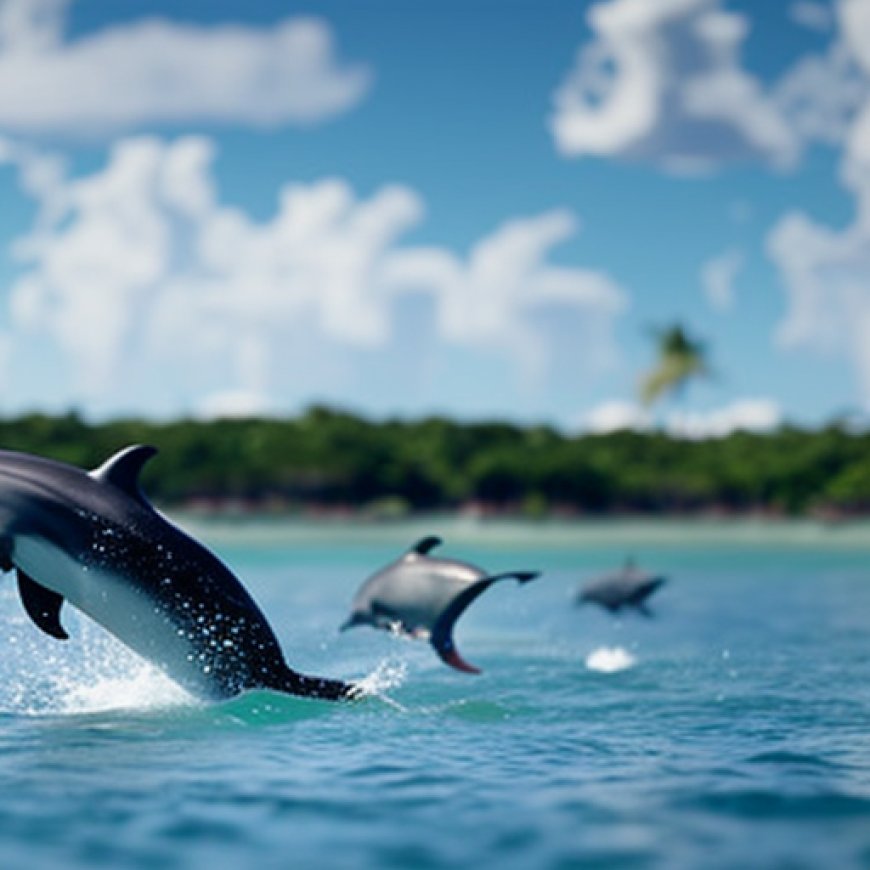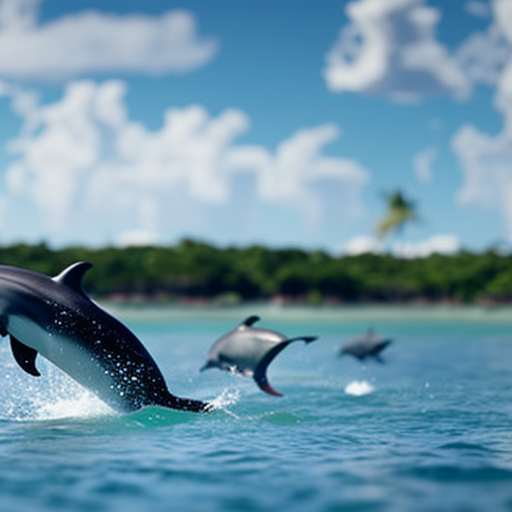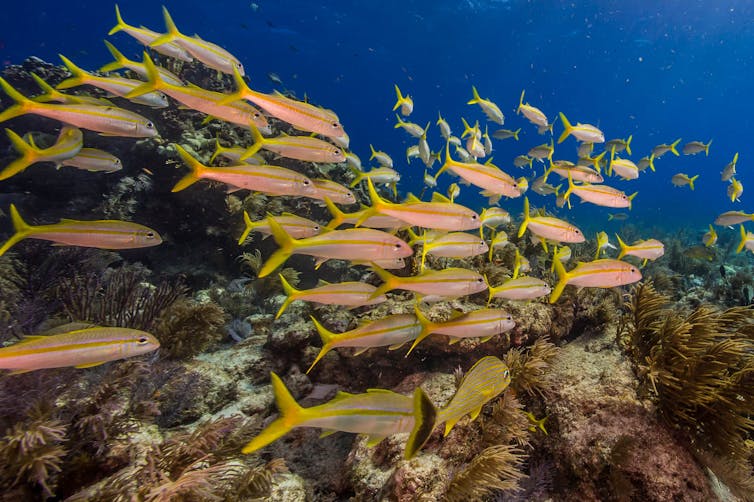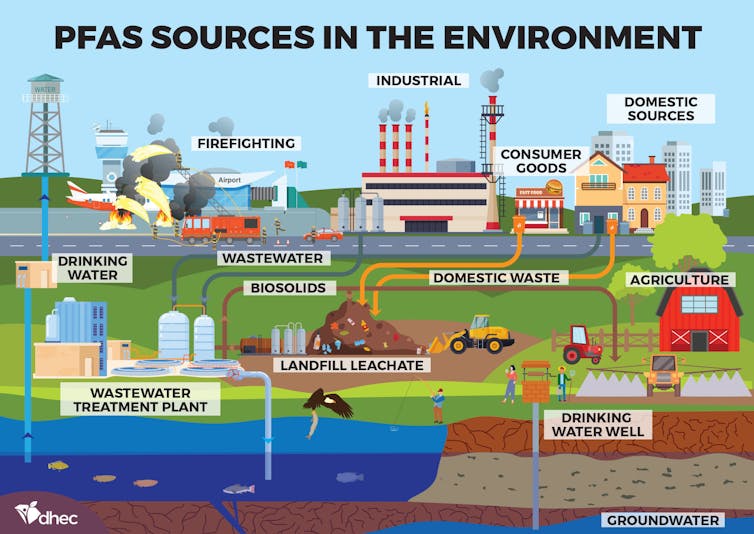How PFAS ‘forever chemicals’ are getting into Miami’s Biscayne Bay, where dolphins, fish and manatees dine
How PFAS 'forever chemicals' are getting into Miami's Biscayne Bay ... FIU News


PFAS Contamination in Miami’s Biscayne Bay: A Report on the Origins and Implications
PFAS, commonly known as “forever chemicals,” have raised health concerns nationwide. These chemicals are not only a problem in drinking water but also in various environmental sources. As they leach out of failing septic systems and landfills, and wash off airport runways and farm fields, they can end up in streams that ultimately discharge into ocean ecosystems where marine species reside.
Introduction
As environmental analytical chemists at Florida International University’s Institute of the Environment, we study the risks posed by PFAS contamination in coastal environments. The presence of PFAS in marine plants and animals, including fish consumed by humans, has significant ecological and human health implications.

What are PFAS?
PFAS, which stands for perfluoroalkyl and polyfluoroalkyl substances, are a group of human-made contaminants that have been used for over 50 years. They can be found in personal care products, water-repellent coatings, adhesives, and firefighting foams, among other products. These chemicals have become widespread in the environment due to their presence in various consumer goods and their persistence over time.
Join us, as fellow seekers of change, on a transformative journey at https://sdgtalks.ai/welcome, where you can become a member and actively contribute to shaping a brighter future.
 news.fiu.edu
news.fiu.edu








